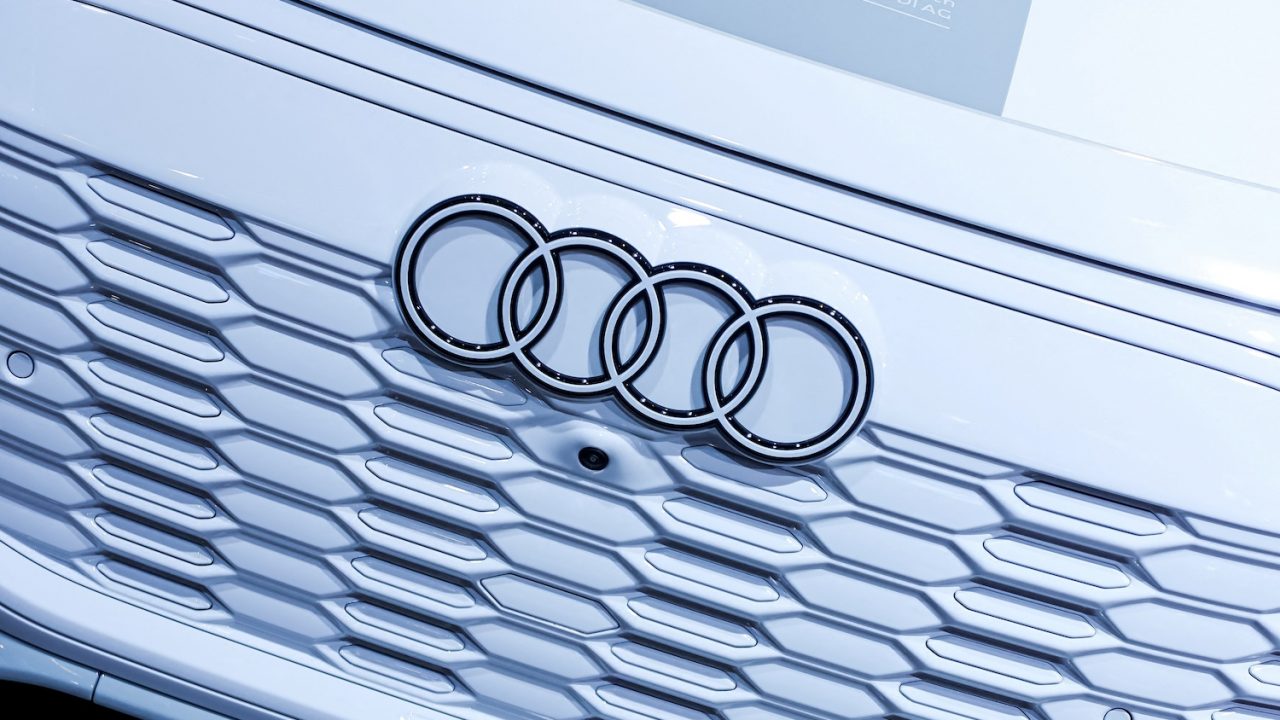In a move aimed at restructuring and streamlining operations, German automaker Audi is reportedly planning a significant layoff that will affect thousands of employees in non-production roles, including areas like research and development. The anticipated job cuts come as Audi seeks to address mounting financial pressures and optimize its operational costs amid a challenging economic environment.

Overview of Audi’s Job Cuts
Audi‘s proposed layoffs will primarily target non-manufacturing roles, with an emphasis on development and other indirect functions. According to sources, the company is considering a reduction of over 2,000 positions in development and an additional 4,500 roles across various departments in Germany. These reductions are expected to streamline the organization, focusing on cost-effectiveness and efficiency to ensure sustainable growth in a highly competitive market.
This decision aligns with a broader trend in the automotive industry, where companies are increasingly focusing on leaner operations to stay financially viable while also making substantial investments in the shift toward electric vehicles (EVs) and digitalization.
Why Audi Is Restructuring?
Audi, like many automakers, faces challenges due to high operational costs, rising competition, and the demand for continuous innovation in the EV sector. The transition from traditional combustion engines to electric and hybrid powertrains requires significant investment in research, development, and infrastructure. While Audi is committed to making this transition, the associated expenses are weighing heavily on the company’s finances, prompting a need to cut costs in other areas.
Additionally, global economic uncertainties and inflation have intensified cost pressures. The job cuts are viewed as a proactive measure to address these financial concerns and help Audi maintain a competitive edge in a rapidly changing automotive market.
Impact on Employees and Operations in Germany
The layoffs are anticipated to have a substantial impact on Audi’s workforce in Germany, where the majority of the affected roles are based. Indirect roles, particularly in development, will bear the brunt of these reductions, as the company seeks to consolidate resources and refocus on core production and EV advancements.
While the restructuring aims to ensure Audi’s long-term sustainability, it raises concerns about the future of the company’s skilled workforce, many of whom play vital roles in innovation and product development. Audi has stated that it will explore options to minimize the impact on its employees, potentially offering relocation or transition assistance for those affected by the downsizing.
Strategic Shift Toward Electric Vehicles
Audi’s decision to cut back on non-production roles highlights the company’s ongoing shift in priorities. Like many of its competitors, Audi is pivoting towards electric vehicles and digital technology, recognizing the importance of these areas for future growth. The layoffs, therefore, represent an effort to reallocate resources towards these high-priority sectors, ensuring that the company remains relevant as consumer preferences shift toward cleaner, more sustainable transport options.
In line with this strategy, Audi has already committed to an ambitious electrification goal, with plans to achieve a fully electric lineup by 2033. The company has also increased its investment in battery technology, charging infrastructure, and software capabilities, all crucial components of a modern EV ecosystem.

Broader Trends in the Automotive Industry
Audi’s restructuring plan is part of a broader trend in the global automotive industry, where traditional automakers are being forced to adapt quickly. The industry’s shift toward EVs, autonomous driving technology, and advanced digital systems is creating new financial demands that often require companies to make difficult decisions about workforce structure and resource allocation.
Competitors like BMW, Mercedes-Benz, and Volkswagen have also announced similar cost-cutting measures, either by reducing workforce numbers or reorienting their focus toward EV production. This trend reflects a collective acknowledgment of the immense costs associated with transforming legacy car manufacturers into tech-focused mobility providers.

Audi’s Future Outlook
Despite the layoffs, Audi remains committed to its future growth plans and aims to secure its position as a leader in the EV market. The company’s recent investments in cutting-edge technology, sustainability, and electrification are aimed at building a foundation for long-term success, even as it faces short-term challenges. By streamlining its operations, Audi hopes to become a more agile and resilient player in the automotive industry.
While the restructuring plan may impact Audi’s traditional workforce, it also opens up opportunities for the company to recruit talent in emerging fields like artificial intelligence, software engineering, and battery technology. By shifting focus toward these areas, Audi is positioning itself to stay ahead in a market that increasingly values innovation over tradition.
A Necessary Step Toward Sustainability and Innovation
Audi’s decision to lay off thousands of employees outside production reflects the automotive giant’s commitment to sustainability and competitiveness in a challenging environment. While this restructuring will inevitably impact its workforce, particularly in Germany, it underscores the company’s need to adapt to financial realities and embrace a future centered around electric mobility and advanced technology.
As Audi continues to evolve, these job cuts serve as a reminder of the automotive industry’s shifting priorities and the sacrifices required to stay relevant in a rapidly transforming landscape. Audi’s strategy indicates a clear direction towards embracing innovation while ensuring it remains financially robust, balancing its legacy with the demands of tomorrow’s mobility.

